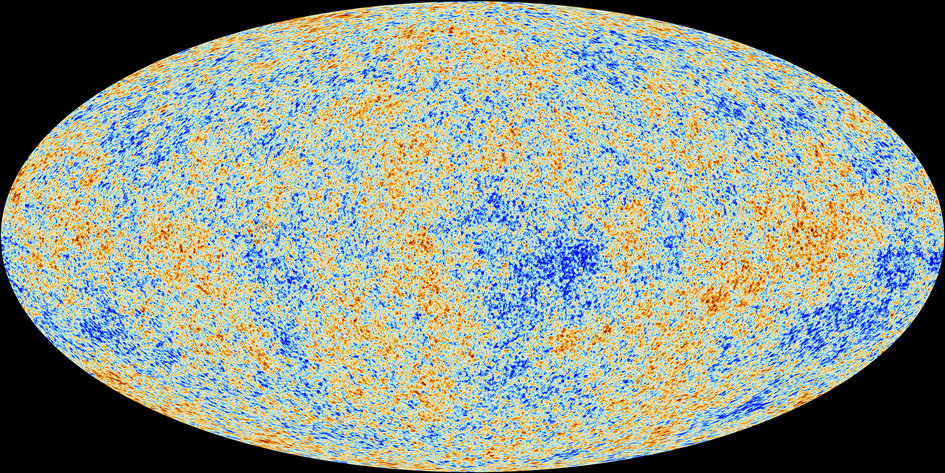It’s not easy to understand the mathematical inner workings of moving waves.
That’s because a wave is a perturbation in a media that changes with space and time.
So, even in the simplest case (i.e. waves propagating in a 1-dimensional media like a string) there are at least three variables involved: amount of the perturbation, position and time.
To understand better the relations between those variables and the wave parameters I’ve created, with the software Wolfram Mathematica, an interactive demonstration about moving waves. The demonstration has been exported in the .cdf format so that it can be interactively used with the free CDF Player (see here how to install it).
The CDF demonstration is available at this page.
It will show 4 different views;
• The moving wave
• The time view at a fixed position (![]() )
)
• The space view at fixed times (when the flash comes)
• The 3D view, in which there is also the moving point representing the state of the perturbation at ![]() as time goes by and its space-time trajectory.
as time goes by and its space-time trajectory.
In the demonstration it will be possible to change the wave parameters and see how its dynamic evolution changes accordingly.
For those who don’t have the free CDF Player installed on the PC (or those visiting this site from a a smartphone/tablet iOS/Android) here is a short video preview of the demonstration:
